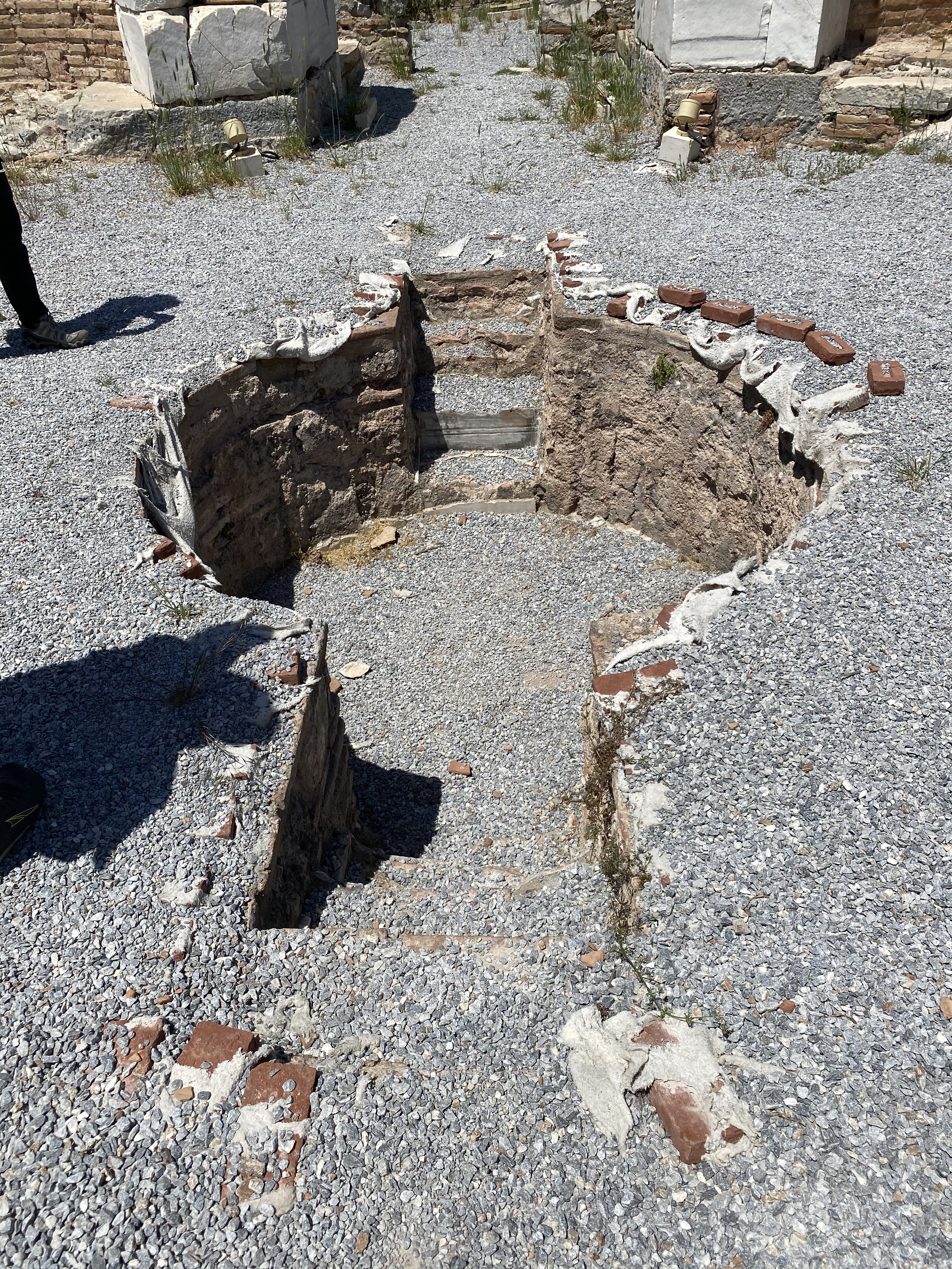Ephesus Turkey; Basilica of St John and the Church of Mary
“To the angel of the church in Ephesus write: ‘The words of him who holds the seven stars in his right hand, who walks among the seven golden lamp stands. …I know you are enduring patiently and bearing up for my name’s sake and you have not grown weary” Rev 2:2-3
The early Christian church in Ephesus was one of the seven churches that received a message from Christ thru the Revelation given to St. John. We know from the writings of early church fathers such as Clement (35 - 99 AD), Irenaeus (103-202 AD) and Eusebius (260 - 335 AD) that Ephesus continued to be an important center of Christianity in the 1st - 4th centuries AD and that the apostle John lived in Ephesus before and after his imprisonment on Patmos. In and around the Ephesus archeological park there are remains of two important early churches: The Basilica of St. John and the Church of Mary.
The Basilica of St John started as a traditional site of veneration where John was buried. Initially it was a memorial with a 4 columned covering. An ancient historian called it “a small ruined” memorial on a steep hill. In 548 construction started on a church commissioned by Emperor Justinian I. It was patterned after the Church of the Holy Apostles in Constantinople (Istanbul) - a church which no longer exists. This is the era of the Hagia Sophia in Istanbul. The burial site of John is said to be preserved here. Spolia from the Artimesian temple - visible nearby - was used in construction of the church prior to the Justinian Church. Features in the photographs include the walls and tower surrounding the church, the tomb of St. John, the long nave, remains of the ambo (pulpit) and the baptistry.
The Church of Mary is within the Ephesus archeological park. It was originally constructed at one end of the Roman Olympieion (a temple to Hadrian) inside the roman basilica. Christians tore down the temple in the 4th century AD and sometime in the 5th century AD the church was built. Some sources say that the 431 AD 3rd Ecumenical Council was held here, or that the church was built for that purpose, or that the church built afterward to commemorate it. Anyway, it was built in that era. The photos show remains of the apse and synthronon, a huge fountain, and the baptistry.
Modern cross hanging on the wall of the apse in the ruins of the Church of Mary at the Ephesus archeological park.

































